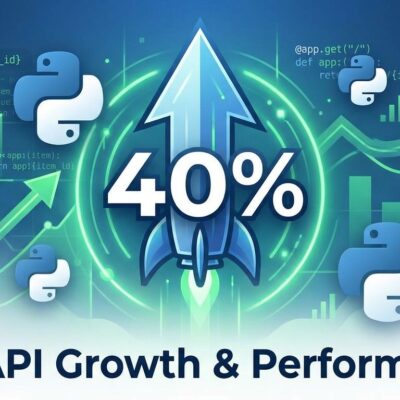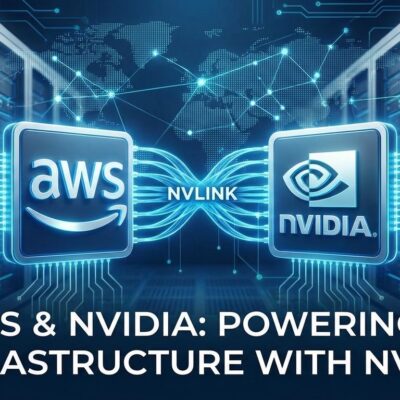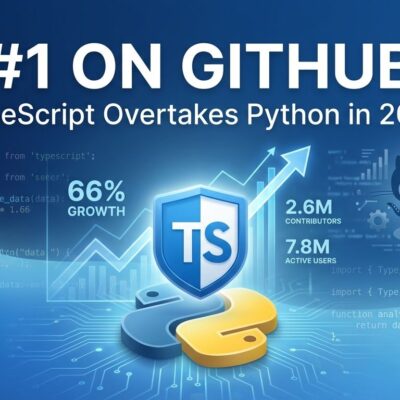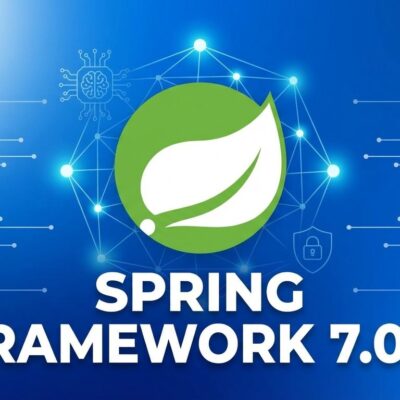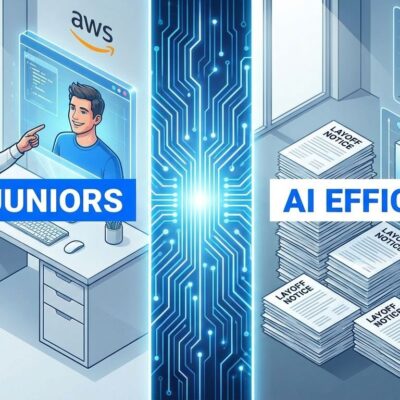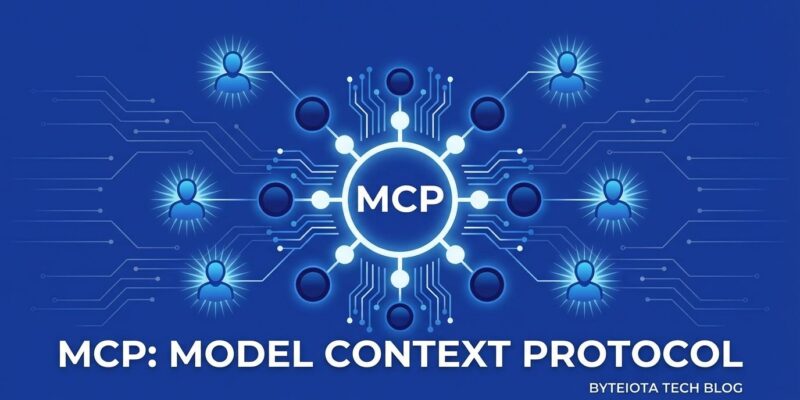
Model Context Protocol hit its first anniversary yesterday with a November 2025 spec release that signals more than incremental progress—it marks the protocol’s arrival as production infrastructure. The numbers back it up: 2,000+ servers in the registry (up 407% since September), enterprise adoption spanning GitHub to AWS to Microsoft, and a weekly growth rate of 100+ new servers. The headline feature? Async operations via task-based workflows that finally unlock healthcare analytics, enterprise automation, and multi-agent coordination at scale.
The Maturity Metrics
One year in, the Model Context Protocol has evolved from Anthropic’s “little open-source experiment” into what partners now call “foundational infrastructure for agent interoperability.” The registry growth tells part of the story—407% expansion since September means developers are building, not just watching. The community backing it includes 58 maintainers and 2,900+ Discord contributors, with momentum accelerating: 100+ new servers arrive weekly.
Enterprise adoption proves the protocol’s production readiness. GitHub, OpenAI, Microsoft, AWS, and Google Cloud have committed with real implementations. Microsoft ships Azure MCP Server for seamless AI-agent-to-Azure-service connections. AWS launched its API MCP Server in developer preview, letting AI agents call any AWS API via natural language. OpenAI provides full MCP support in GPT-4o with multiple transport options. This isn’t vaporware—it’s running code in production systems.
Async Operations: The Feature That Matters
The November 2025 spec’s standout addition is task-based workflows (SEP-1686), which solve the long-running operation problem that blocked practical AI agent deployments. The technical approach is straightforward: a call-now-fetch-later execution pattern where operations return task IDs immediately, then clients poll for results as operations progress through states (working, input_required, completed, failed, cancelled).
What makes this work is the generic request augmentation design—it applies to any MCP request type, not just tool calls. That means resources/read, prompts/get, sampling/createMessage, and future request types all get async support without protocol gymnastics. The result: AI agents can kick off healthcare patient data analysis that takes 20 minutes, enterprise business processes spanning multiple systems, or code migration across massive repositories—then check back when results are ready rather than blocking or timing out.
The use cases this unlocks are concrete. Healthcare providers can run AI-powered intracranial hemorrhage detection across multiple patient data sources and image repositories without connection timeouts. Enterprises can automate complex workflows that coordinate between internal tools, databases, and external APIs. Developers can trigger code migration tools that transform thousands of files and retrieve structured results when complete.
OAuth Simplification and Agentic Servers
Two other features in the November release target developer experience. SEP-991 replaces Dynamic Client Registration’s complexity (unbounded databases, self-asserted metadata) with URL-based client registration using OAuth Client ID Metadata Documents. The client_id becomes an HTTPS URL pointing to a JSON file describing the client, which authorization servers fetch and validate on demand. This provides trust without pre-coordination, stable identifiers tied to apps rather than installations, and explicit redirect URI attestation for security.
SEP-1577 adds agentic server capabilities, allowing servers to execute their own agent loops with tool calling support. Servers can run sophisticated reasoning with parallel tool calls under user supervision, without pushing complexity to client implementations. One server can act as a client to other MCP servers, creating composable multi-agent networks. It’s more efficient than the previous pattern of alternating between MCP tool calls and sleep commands through basic agent loops.
Why Production-Ready Now
MCP’s one-year milestone combines technical maturity with ecosystem reality. The governance model—formal Working Groups and Interest Groups balancing community input with maintainer oversight—protects existing implementations while enabling rapid iteration. Breaking changes are minimal by design. Developers can build production systems on the Model Context Protocol without worrying about protocol churn or vendor lock-in.
The ecosystem proves it. Pre-built MCP servers exist for common integrations: GitHub, Slack, Postgres, Stripe, Google Drive, Puppeteer. SDKs ship for Python, TypeScript, C#, and Java. Community projects like TrendRadar (AI news aggregation) integrated MCP v3.0.0 and gained 1,714 GitHub stars in a day. The protocol works across all LLM providers and platforms—that’s the interoperability promise delivered.
What’s Next
With async operations live, practical AI agent use cases that were theoretical last year are shipping this quarter. Healthcare, finance, and legal industries are implementing long-running AI workflows. Enterprises are building internal MCP platforms extending beyond tech to sales, customer service, HR. The $10.3B projected market size for 2025 reflects this expansion.
MCP has won the AI agent protocol war not through hype, but through open standards, major backing, and features that solve real problems. One year in, the protocol is what developers needed: production-ready infrastructure for connecting AI agents to tools and data, with governance that protects their investments.


